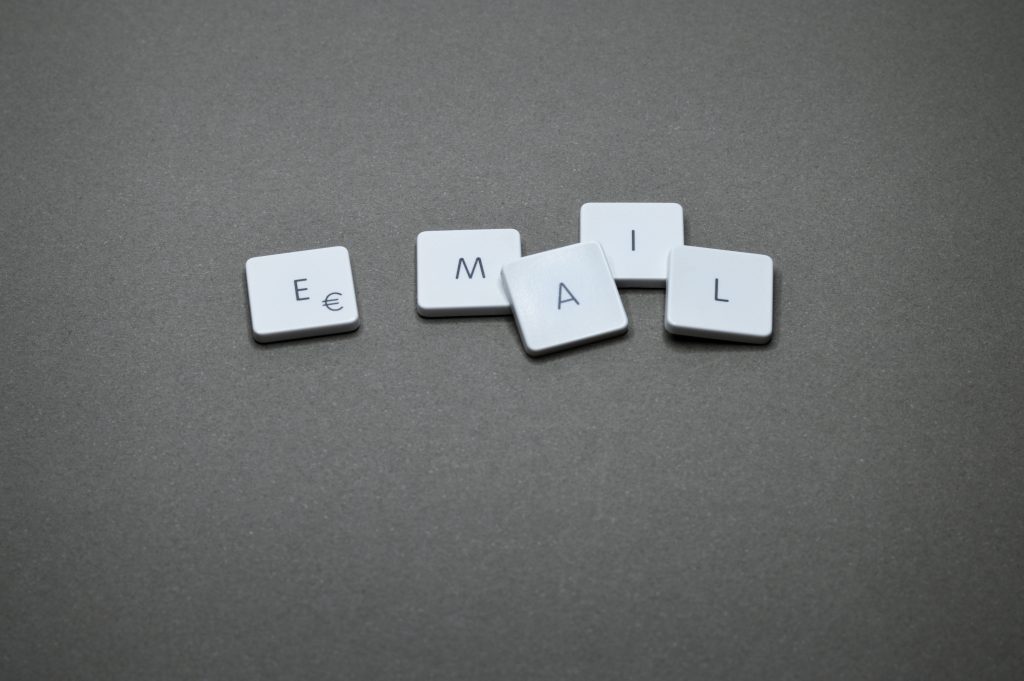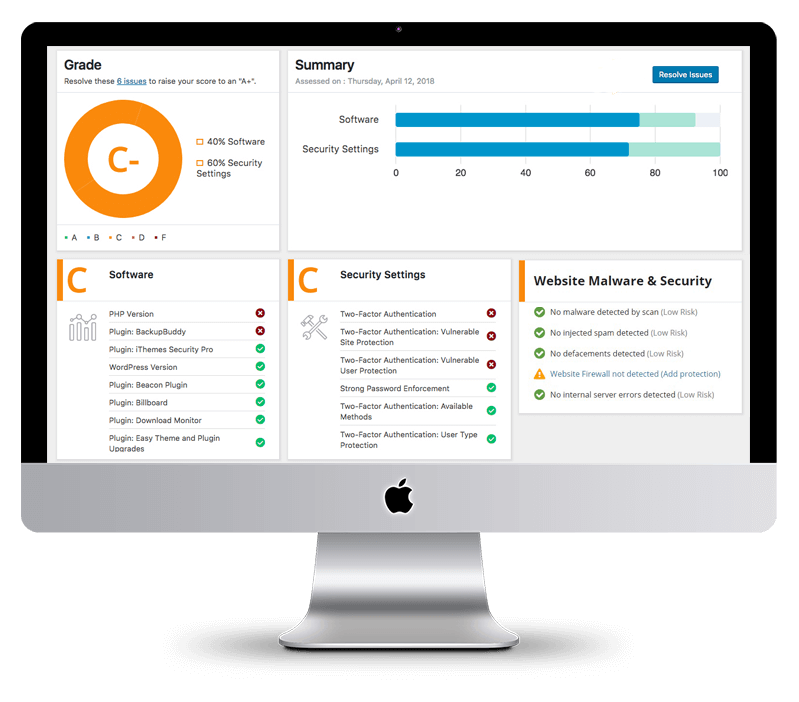You’ve set up your WordPress site, carefully crafted your content, and even installed a contact forms plugin. But when it comes to your inbox, it’s a virtual ghost town—like an Old West saloon where the tumbleweeds outnumber the cowboys. Welcome to the world of “WordPress not sending email.”
In this article, we’ll unravel the complexities of WordPress emails, guiding you through the process and setting you on the path to email deliverability success. So, let’s begin!
Unraveling the Mystery of Lost WordPress Website Emails
Sometimes your WordPress website emails can get lost in spam folders. No matter what you do, even if you mark them as not spam, for some reason, they keep winding up back in the spam folder. Other times, the web server won’t even allow the email to be sent because it flags it as spam. We’ll go through some simple troubleshooting steps so that you can figure out what is happening.
The WP Mail Logging Plugin
Install the free WP Mail Logging plugin to see if your emails have been sent successfully. This plugin will track and log your site’s outgoing emails, letting you know if they’re being sent and received.
“If you can’t measure it, you can’t improve it.” – Peter Drucker
Mail-Tester.com: Checks for Emails & Spam Flags
Mail-tester.com is like the scout who makes sure the mail trail is clear. This site is great for checking if emails are being delivered or flagged as spam due to authentication issues.
WP Mail SMTP Plugin
After determining if the problem is with sending or receiving, you can use the WP Mail SMTP plugin to send your site’s emails through an authenticated email server, like Google Workspace or Office365. This ensures that your emails come from the @yourdomain.com address, reducing the chance they’ll be destined for spam folders.
The Great Email Roundup
Now that we’ve got our tools ready, let’s round up those emails and get them to their proper destinations. Here are some steps to get you started:
- Install and configure the WP Mail Logging plugin. This will l keep you informed that your WordPress site sends your emails successfully.
- Test your email deliverability with mail-tester.com. It will help you identify any issues with your emails being flagged as spam.
- Install and configure the WP Mail SMTP plugin. Use an authenticated email server like Google Workspace or Office365 to send your emails, ensuring they come from @yourdomain.com addresses.
- Test again with mail-tester.com. Making sure the changes you’ve made have improved your email deliverability.
FAQ: Discussing Your WordPress Email Problems
Q: My contact form plugin isn’t sending emails. What should I do?
A: Try configuring the contact form plugin settings to use the SMTP server you’ve set up with the WP Mail SMTP plugin. This should help improve email deliverability.
Q: My emails are still landing in the recipient’s spam folder. What can I do?
A: Check that your email content doesn’t include spammy keywords or suspicious links. You can also try using an email services provider like Mailchimp or SendGrid to improve your email deliverability.
Q: Can I send my WordPress emails using Gmail SMTP or APY?
A: Yes, you can configure the WP Mail SMTP plugin to use the Gmail SMTP server or Gmail API, allowing you to send emails from your Gmail account.
Q: Can I use the same email address for admin and contact form emails?
A: While it’s technically possible, it’s not recommended. Some email providers might flag emails sent from the same address to the same address as spam. It’s best to use a separate email address for contact form submissions.
Q: My password reset emails are not being sent. What should I do?
A: First, try installing the WP Mail Logging plugin to see if the password reset emails are being sent. If they have been sent but continue not to be received, ensure your email settings are configured correctly and that the WP Mail SMTP plugin is set up to send emails through an authenticated server.
Q: How can I fix email issues with popular contact forms plugins like Ninja Forms or Gravity Forms?
A: If you’re using one of these popular contact form plugins, ensure the configuration of the plugin setting uses the SMTP server you’ve set up with the WP Mail SMTP plugin. You can also reach out to the plugin developer for support.
The Trail’s End: Email Deliverability Success
After following this guide, your WordPress emails should successfully send, reaching their intended inboxes without fear of being flagged as spam. You’ve gone from “WordPress not sending emails” and “Fix WordPress” to “WordPress email guru.”
Remember, in the world of WordPress email deliverability, the keys to success are proper authentication, a reliable SMTP server, and a keen eye for potential spam triggers. By keeping these principles in mind, you’ll ensure that your site’s emails are always welcome in your client’s inbox.
May your inbox always be full and your spam folder empty!

Levi is the Founder & CEO of Hog The Web, a web design and WordPress services company delivering high-performance websites since 2015. With over a decade of hands-on experience in building, maintaining, and securing websites, Levi leads his team with a focus on craftsmanship, reliability, and long-term client partnerships. Outside the web world, he’s passionate about nature, sustainable living, and giving back through local non-profits and youth education.








